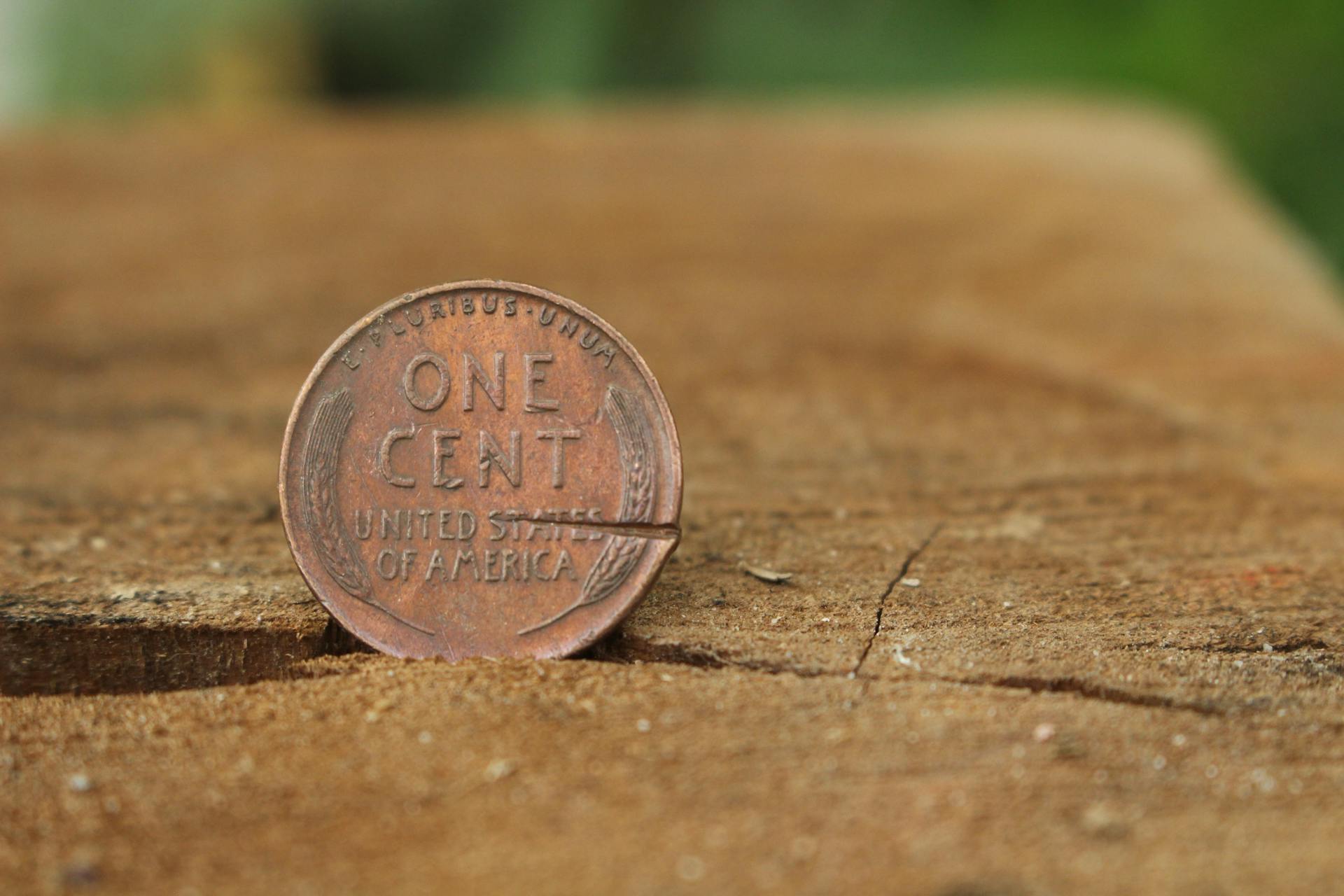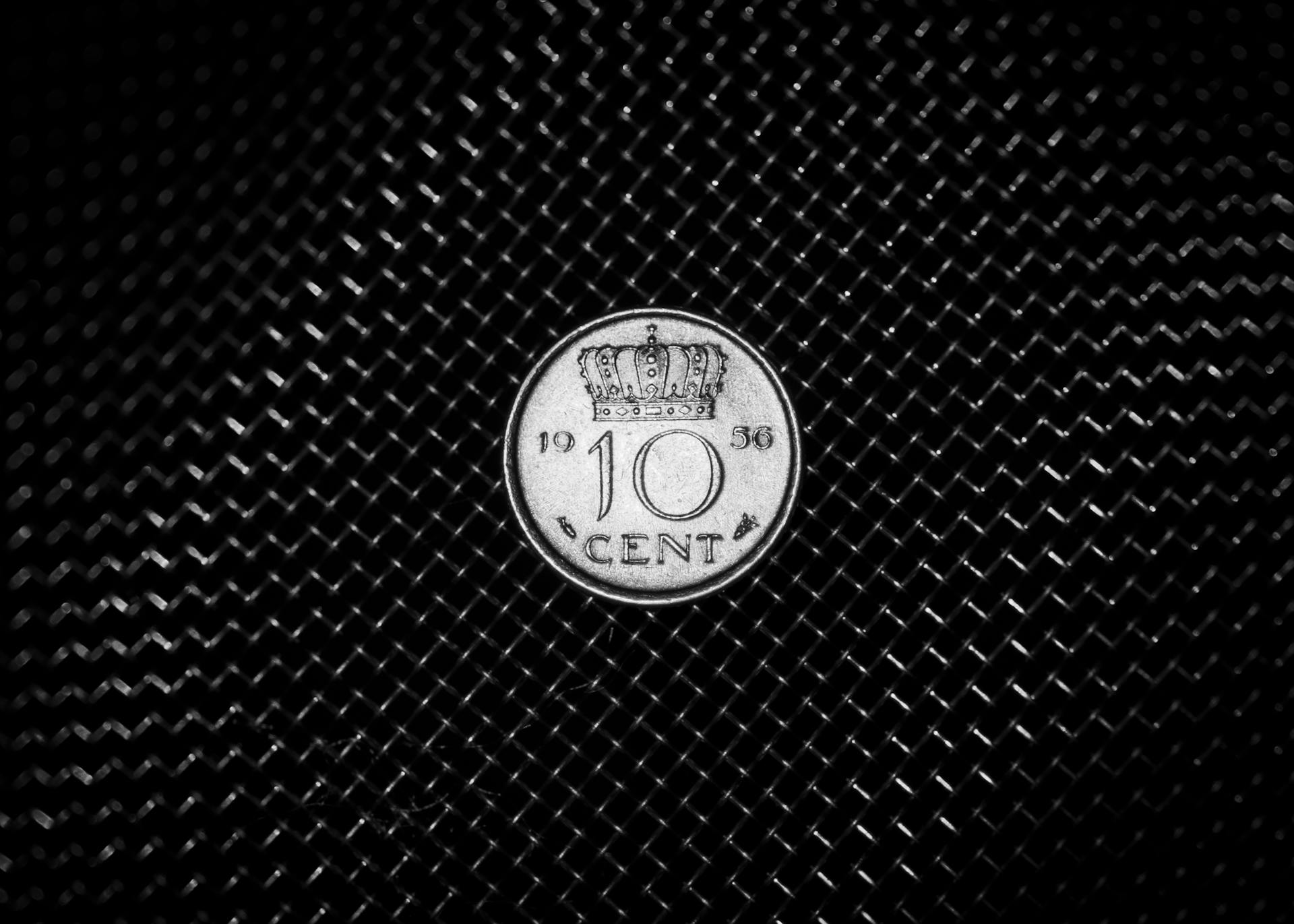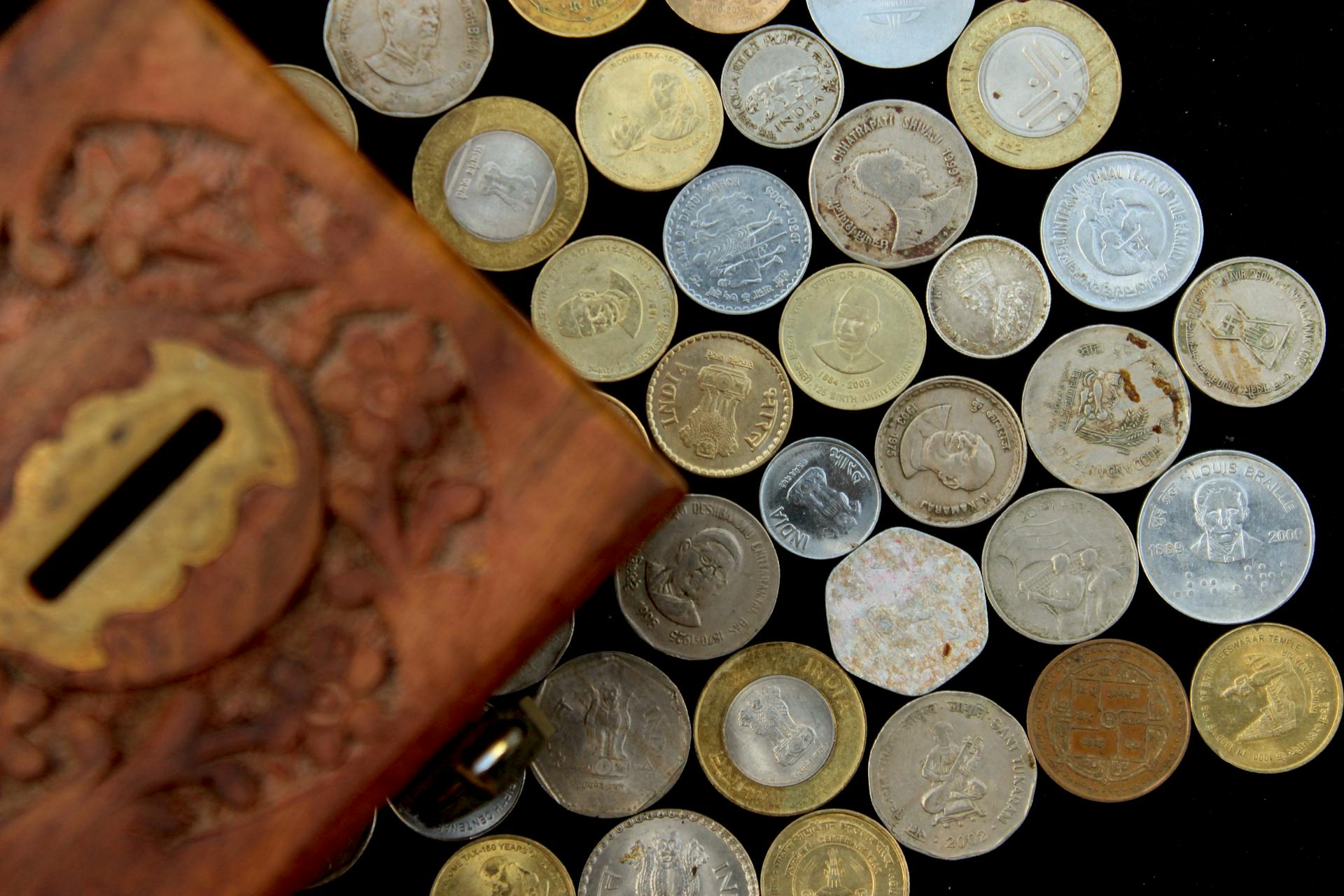
The 1907 banking panic was a pivotal moment in US financial history, setting the stage for the creation of the Federal Reserve System.
It began with a run on the Knickerbocker Trust Company, which was one of the largest banks in New York City, on October 22, 1907.
The panic was triggered by a combination of factors, including a stock market crash and a drought that had led to crop failures and economic hardship.
The Knickerbocker Trust Company's collapse had a ripple effect, causing widespread panic among depositors and leading to a freeze in credit markets.
The panic was so severe that it led to a near-total collapse of the US financial system, with many banks and businesses on the brink of failure.
The panic was eventually brought under control through a combination of government intervention and private sector efforts, but not before widespread economic hardship had been inflicted.
Causes and Events
The 1907 banking panic was a complex event with multiple causes and events that led to its unfolding. One of the key triggers was the attempt by Otto Heinze to corner the stock of United Copper, which failed spectacularly on October 16.
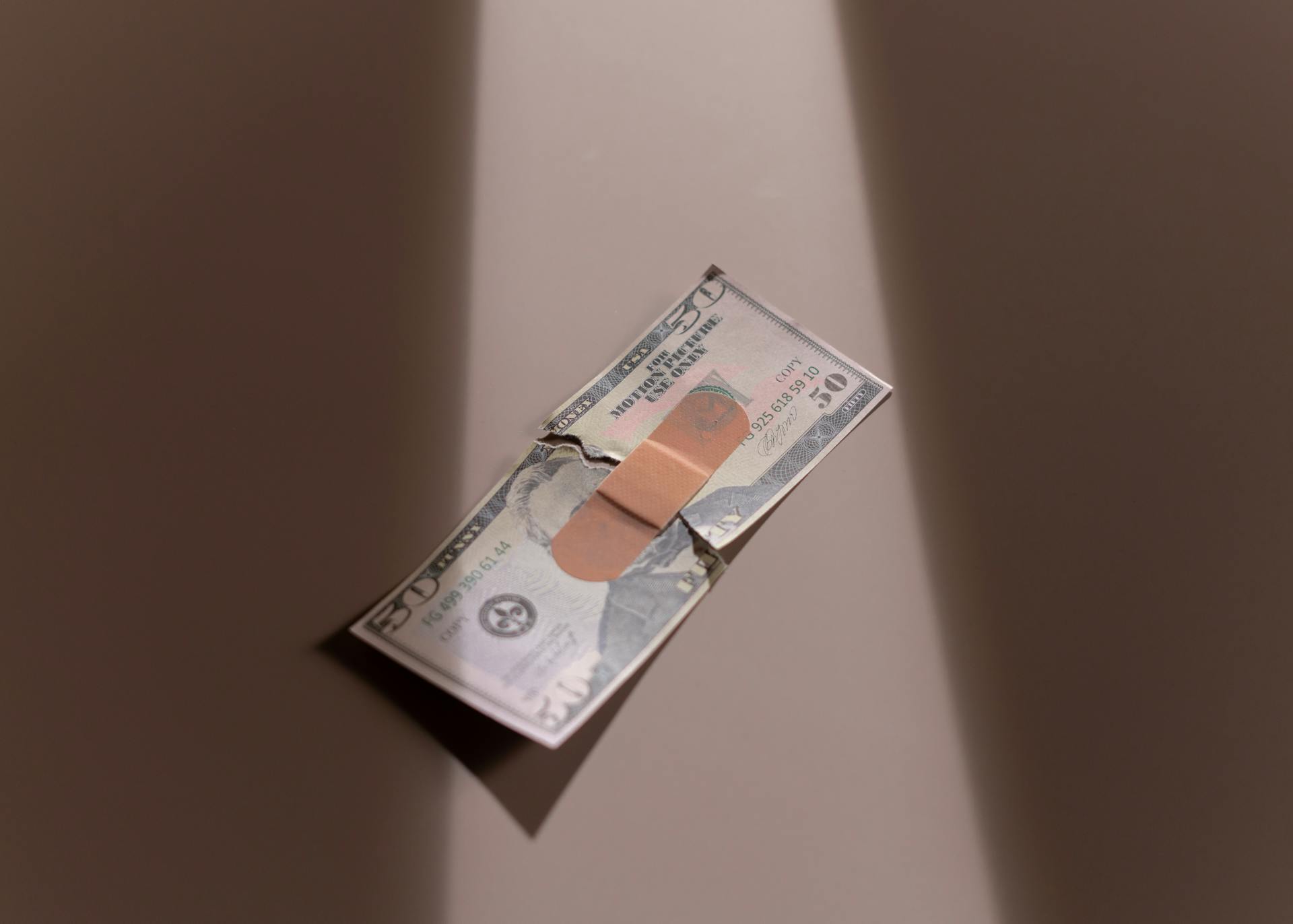
The panic began to spread rapidly, with Augustus Heinze's State Savings Bank of Butte, Montana, announcing insolvency on October 17. This led to runs on his and his associate Charles W. Morse's banks, forcing them to resign from all their banking interests.
A bank run forced the Knickerbocker Trust Company to suspend operations on October 22, after depositors withdrew $8 million in less than three hours. This event marked the beginning of a chain of failures that would soon engulf the financial system.
The panic quickly spread to other banks and trust companies, with interest rates on loans to brokers soaring to 70% by October 24. This made it difficult for brokers to get money, causing stock prices to plummet.
Here's a list of some of the banks and trust companies that failed during this period:
- Twelfth Ward Bank
- Empire City Savings Bank
- Hamilton Bank of New York
- First National Bank of Brooklyn
- International Trust Company of New York
- Williamsburg Trust Company of Brooklyn
- Borough Bank of Brooklyn
- Jenkins Trust Company of Brooklyn
- Union Trust Company of Providence
Despite the infusion of cash, the banks of New York were reluctant to make short-term loans, leading to a crash in stock prices. The New York Stock Exchange was on the verge of collapse on October 24, with Ransom Thomas, its president, warning that an early close would be catastrophic.
The crisis was averted when J.P. Morgan persuaded the bank presidents to pledge $23.6 million to keep the exchange afloat. However, the panic continued, with Morgan only able to convince them to pledge $9.7 million on Friday, October 25.
Relief Efforts

The relief efforts during the 1907 banking panic were a complex and delicate process. Treasury Secretary George B. Cortelyou earmarked $35 million of Federal money to help quell the storm.
Banker J. P. Morgan took personal charge of the relief efforts, meeting with the nation's leading financiers to develop a plan to address the crisis. James Stillman, president of the National City Bank, played a central role in these efforts.
Morgan organized a team of bank and trust executives to redirect money between banks, secure international lines of credit, and buy plummeting stocks of healthy corporations. This team's efforts helped to stabilize the financial system.
A major challenge arose when the brokerage firm of Moore and Schley faced collapse, threatening to trigger a chain reaction of failures among Wall Street banks. Morgan decided to save Moore and Schley.
Morgan's solution was for U.S. Steel, which he controlled, to buy the Tennessee Coal, Iron, and Railroad Company (TCI) stock from Moore and Schley. This deal was worth $30 million.
Economic Impact and Aftermath
The 1907 banking panic had a significant impact on the economy. Economic growth was slowed, and investors became hesitant due to a lack of confidence in the banking system.
The panic also led to a shortage of cash, which caused banks to postpone their loan services temporarily. This resulted in a dislocation of domestic exchange, making it difficult for banks to accept clearinghouse certificates from outside their locality.
The shortage of currency had a ripple effect, depriving manufacturers of resources to pay wages and salaries. Many manufacturers temporarily shut down their operations or reduced their production hours, and some even went bankrupt.
The panic had a profound impact on various sectors of the economy, including manufacturing. Aggregate business failures totaled $119 million in 1906, and liabilities grew to $197 million in 1907 and $220 million in 1908.
Production levels declined significantly, with the Miron and Romer Index of industrial production showing a drop from 93 in October 1907 to 71 in December. This decline in production affected foreign trade, with 1908 imports and exports falling by 22% and 9% respectively.

Unemployment levels increased from 3% in 1907 to 8% in 1908, making it a challenging time for many people. The economic downturn was so severe that it delayed economic recovery until 1909, ten months after the currency shortage had been resolved.
The panic also had a significant impact on Mexico, helping to spark its revolution and civil war. Internationally, the panic was a major concern, with economists and policymakers working to address the issues it raised.
The aftermath of the panic led to the eventual development of the Federal Reserve System. The Aldrich Plan, which was advanced by major bankers and their allies, formed the framework for the Federal Reserve Act of 1913 and the Federal Reserve System that it would create.
The newly created Federal Reserve would act as a central prudential authority, controlling the nation's supply of money and credit and serving as lender of last resort to bail out over-leveraged, insolvent, and otherwise at-risk financial institutions.
Regulatory Reforms

In May 1908, Congress passed the Aldrich-Vreeland Act, which established the National Monetary Commission to investigate the panic and propose legislation to regulate banking.
Senator Nelson Aldrich and a team of experts toured Europe and were astounded by how much better the European systems worked, thanks to their central banks.
The commission proposed what became the federal Reserve System, but it was impossible to pass legislation proposed by bankers as the Democrats took control of Congress in 1910.
President Theodore Roosevelt had his Justice Department bring suits against numerous industrial trusts, notably Standard Oil and American Tobacco, in his last two years as President.
The monetary and antitrust issues were finally resolved by President Woodrow Wilson in 1913 with passage of the Federal Reserve Act, which created a central banking system to dampen the effects of future panics.
The Clayton Act (1914) and Federal Trade Commission (1914) set out clear new guidelines for antitrust that no longer depended on presidential opinions.
J. P. Morgan

J. P. Morgan was out of town when the chaos began to shake the confidence of New York's banks, attending a church convention in Richmond, Virginia.
Morgan's experience with financial crises, including the Panic of 1893, made him a valuable asset in calming the situation. He helped rescue the U.S. Treasury during that crisis, and his expertise was needed again in 1907.
As news of the crisis gathered, Morgan returned to Wall Street from his convention late on the night of Saturday, October 19. The following morning, his brownstone at Madison Avenue and 36th St. became a revolving door of New York City bank and trust company presidents arriving to share information and seek help.
Morgan and his associates examined the books of the Knickerbocker Trust and decided it was insolvent, so they did not intervene to stop the run. However, Morgan did take charge of the rescue operation, working with other bankers and the U.S. Treasury to stabilize the situation.
On the afternoon of Tuesday, October 22, the president of the Trust Company of America asked Morgan for assistance, and Morgan conferred with other prominent bankers, including George F. Baker and James Stillman.
Banking and Antitrust
The Panic of 1907 supplied all the proof that drastic financial reform in the U.S. was needed, leading to the creation of the National Currency Associations and the National Monetary Commission.
The Aldrich-Vreeland Act, passed in 1908, established the National Monetary Commission to investigate the panic and propose legislation to regulate banking.
In May 1908, Congress passed the Aldrich-Vreeland Act, which gave momentum to trust-busters in Washington, and President Theodore Roosevelt had his Justice Department bring suits against numerous industrial trusts.
The Democrats took control of Congress in 1910, making it impossible to pass any legislation proposed by bankers, including the federal Reserve System.
President Woodrow Wilson finally resolved the monetary and antitrust issues in 1913 with the passage of the Federal Reserve Act, which created a central banking system to dampen the effects of future panics.
The Clayton Act (1914) and Federal Trade Commission (1914) set out clear new guidelines for antitrust that no longer depended on presidential opinions.
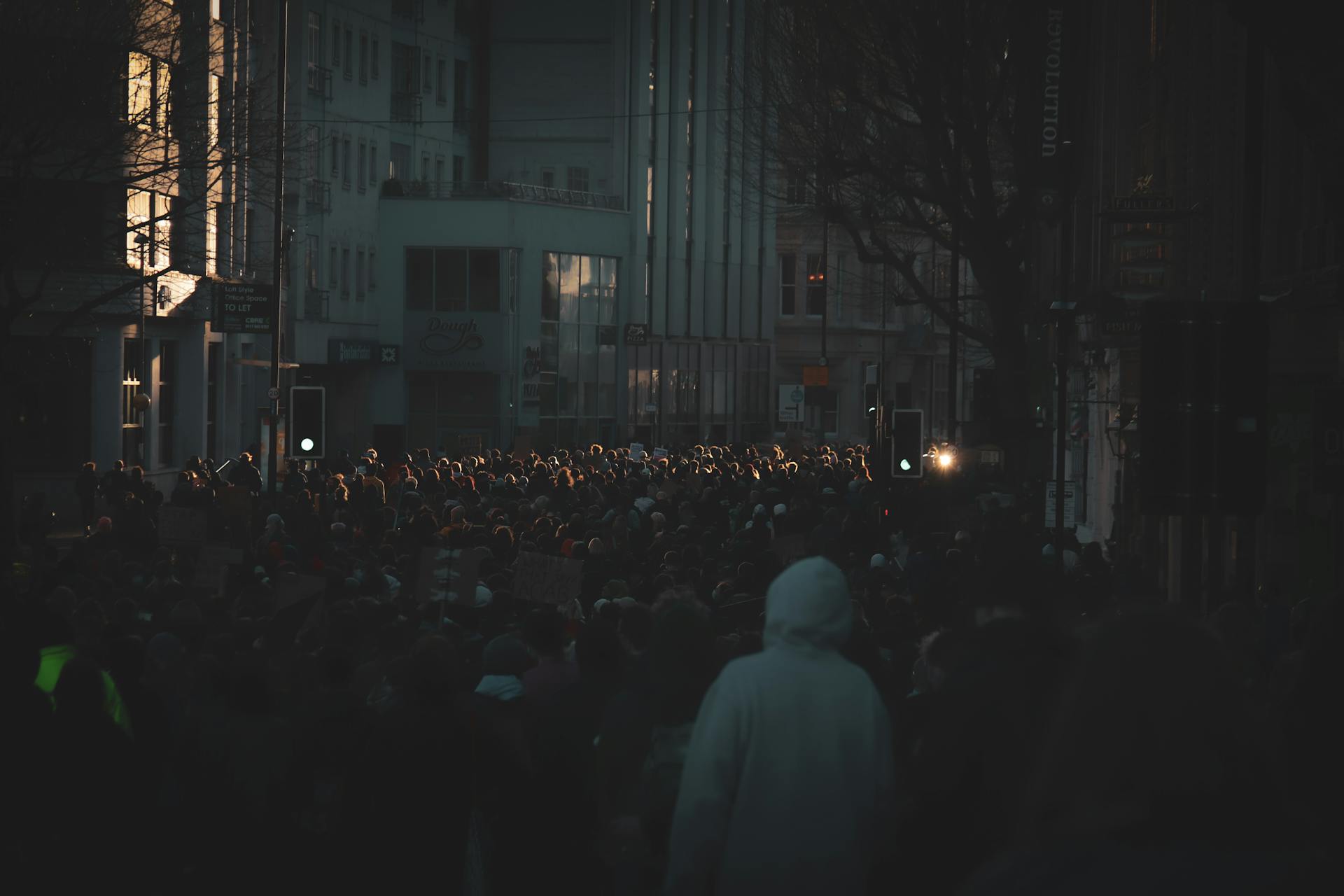
A significant difference between the European and U.S. banking systems was the absence of a central bank in the United States, which led to the belief that the U.S. economy was vulnerable without one.
In 1908, Frank A. Vanderlip led a U.S. business delegation to Japan to meet with Japanese financial leaders, including Shibusawa Eiichi, to discuss monetary policy and the banking system.
Aldrich convened a secret conference with a number of the nation's leading financiers at the Jekyll Island Club in November 1910 to discuss monetary policy and the banking system, producing a design for a "National Reserve Bank".
2008 Financial Recession Parallels
The 2008 Financial Recession was eerily similar to the 1907 banking panic in many ways. The parallels between the two events are striking.
The 2008 recession was centered around investment banks and shadow banks without direct access to the Federal Reserve System, just like the Panic of 1907 spread from trust companies outside of the New York Clearing House.
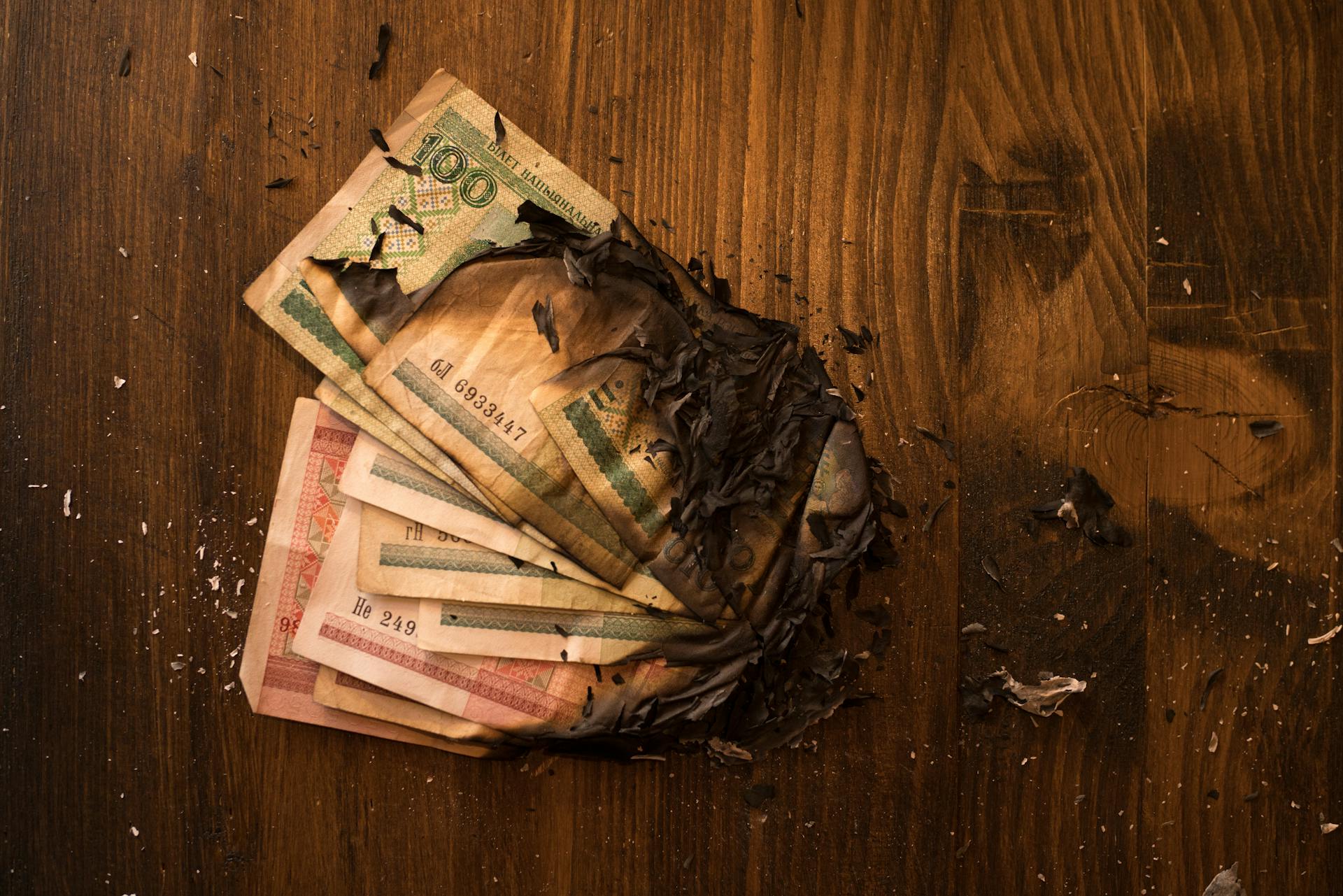
Both events were preceded by a time of excess in the U.S. monetary and financial markets. The period before the 2008 recession was characterized by loose monetary policy and growth in numbers at Wall Street.
Loose monetary policy and growth in numbers at Wall Street led to tales of excess at banking and financial services institutions. They raked in revenues after doling out dubious loans to Americans.
The aftermath of the 1907 bank run led to the creation of the Federal Reserve. The 2008 recession prompted new reforms such as Dodd-Frank.
In both cases, the government intervened to prevent a complete collapse of the financial system. Mercantile National Bank received financial support from the New York Clearing House in 1907, while Bear Stearns was rescued during the 2008 panic.
The collapse of Lehman Brothers in 2008 marked the beginning of a downward spiral in the financial markets. Knickerbocker Trust was suspended in 1907, but Lehman Brothers completely collapsed, leaving customers waiting five years for their entitled funds.
Pujo Committee

The Pujo Committee was a special committee convened by Representative Arsène Pujo to investigate a "money trust" led by J.P. Morgan.
The committee's report was scathing, finding that Morgan's bank had ties to 112 corporations with a market capitalization of $22.5 billion.
Morgan himself testified before the committee, facing several days of questioning from Samuel Untermyer.
Morgan's famous exchange with Untermyer highlighted the psychological nature of banking, with Morgan saying that commercial credit is based on character, not money or property.
Morgan's associates blamed his death in 1913 on the stress of the hearings, which he endured despite his poor health.
The Pujo Committee's findings were a major factor in the eventual creation of the Federal Reserve, which would replace the "money trust" as lender of last resort.
Sources
- https://www.federalreservehistory.org/essays/panic-of-1907
- https://citizendium.org/wiki/Panic_of_1907
- https://www.investopedia.com/terms/b/bank-panic-of-1907.asp
- https://libertystreeteconomics.newyorkfed.org/2016/11/the-final-crisis-chronicle-the-panic-of-1907-and-the-birth-of-the-fed/
- https://en.wikipedia.org/wiki/Panic_of_1907
Featured Images: pexels.com
